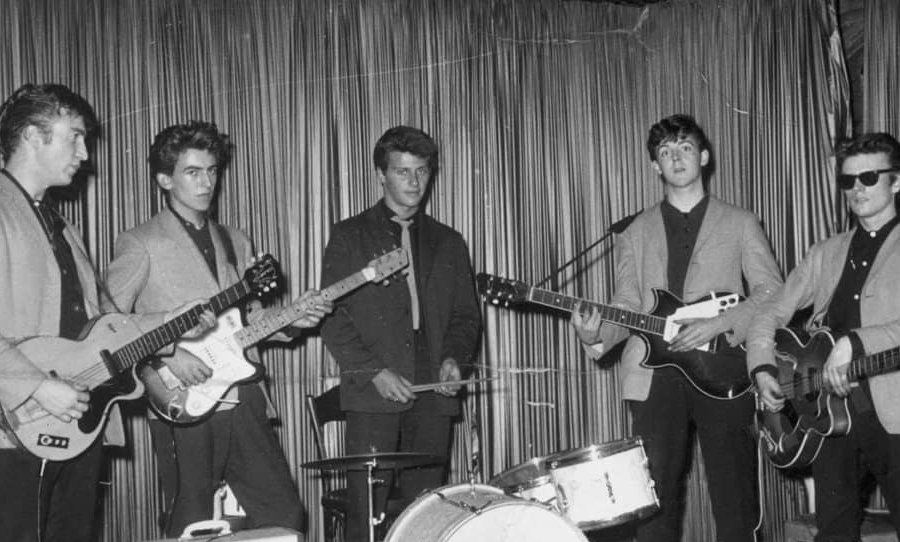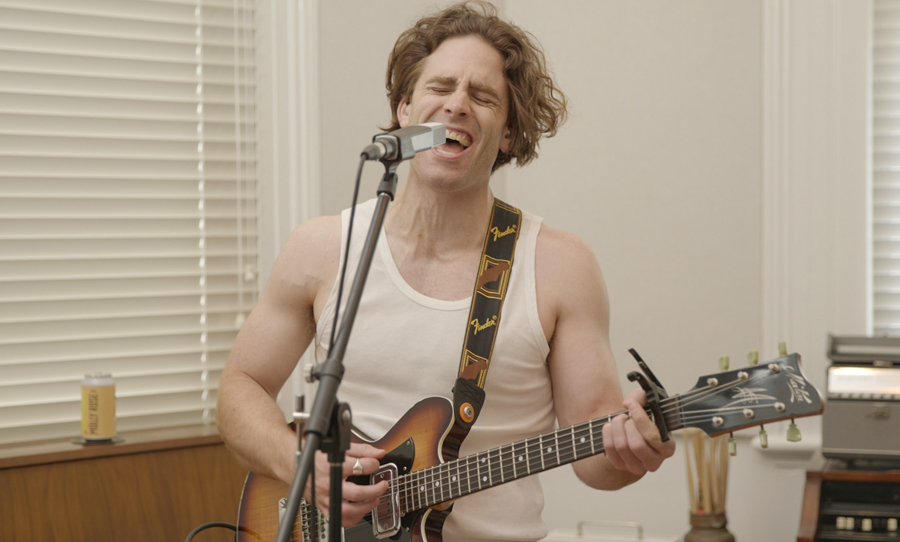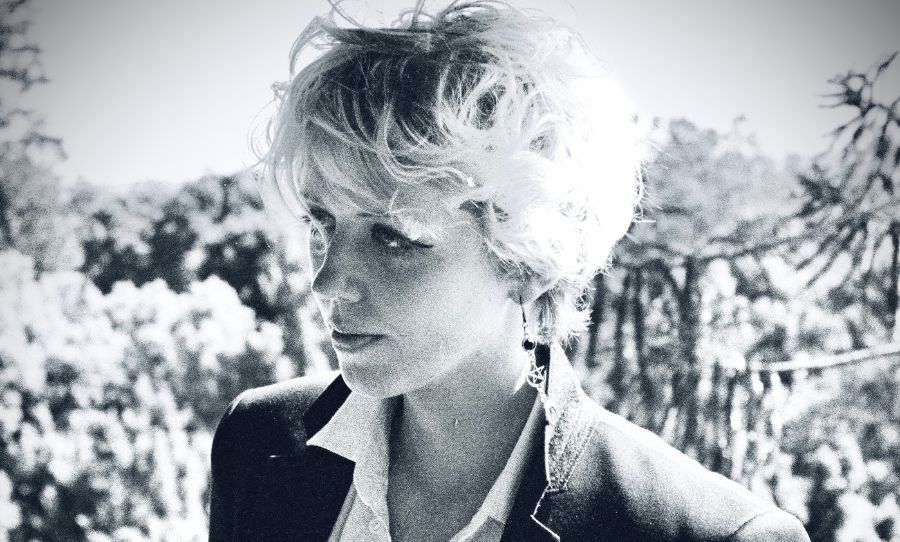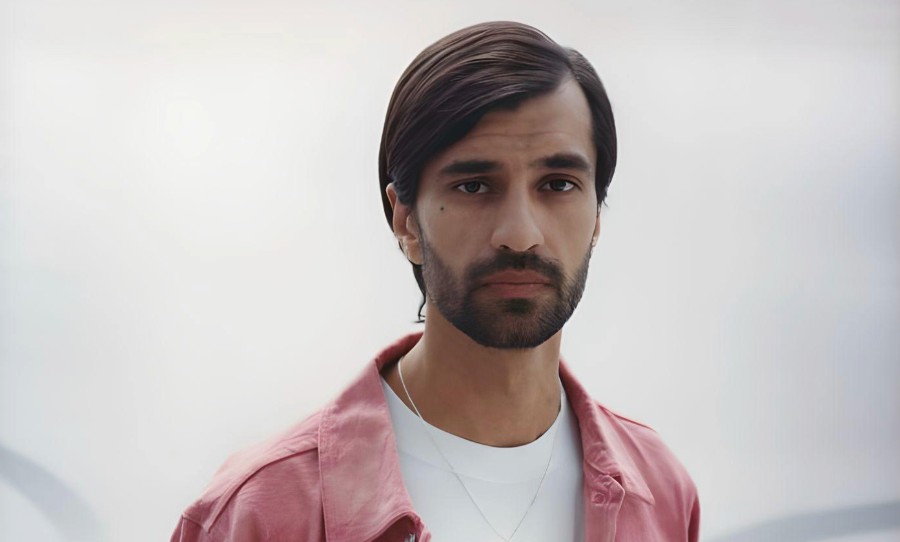We reflect on the Beatles’ Hamburg days and their ascension from middling amateurs to veteran rock ‘n’ rollers, well before the madness of Beatlemania hit.
For the longest time, The Beatles Story started with manager Brian Epstein stumbling upon the group in Liverpool’s Cavern Club in November 1961. For a clean-cut group with arrestingly goofy boy-next-door charm, it fit the press release.
But even as the Fab Four transitioned from an energetic beat combo to a global phenomenon and then an era defining cultural force, they would readily admit that it was in a North German port city that they cut their teeth. As John Lennon would famously quip, “I was born in Liverpool, but I grew up in Hamburg.”
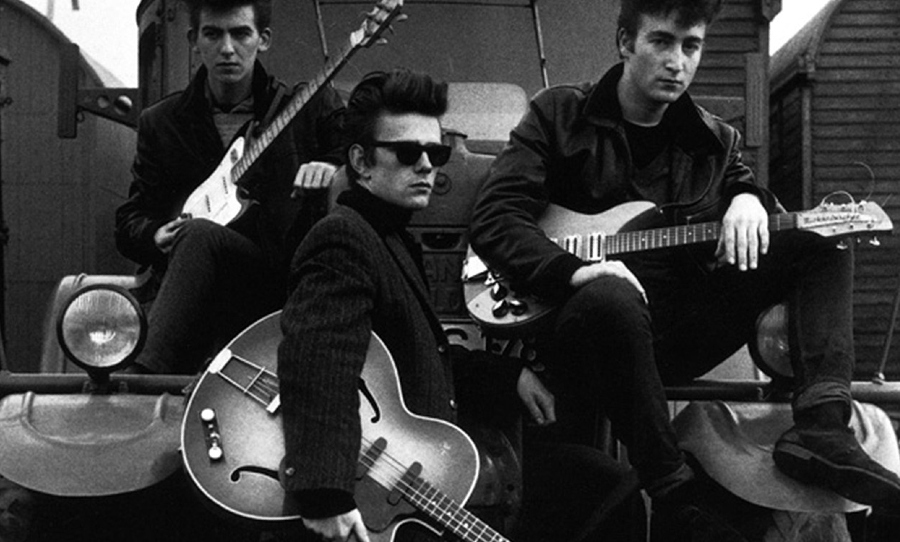
Performing their first show on August 17, 1960 on the edges of the city’s red-light district, the Reeperbahn, five English youths were dragged into a world of gangs, prostitutes, sailors and 24-hour parties.
The club was the Indra. The audience was not a mass of ecstatically screaming teens but a scattered array of sex workers and their clientele. Within the dockland quarter of St. Pauli, the group bonded, recorded, and learnt how to really play. They were by no means oblivious to the vices and hedonism of their surrounds. Paul McCartney would even go as far to term it, “A baptism of fire into the city’s sex scene.”
Prior to their arrival in Hamburg, formative iterations of the Beatles had played around 60 shows. Their three-month German residency was the start of a string of marathon performances fuelled by beer and amphetamines. Their grinding live schedule saw the group transition from middling amateurs from Liverpool into a powerful live act. Between August 1960 to December 1962 the group would visit the city on another four separate occasions, playing an estimated 281 shows.
It was an unlikely and historically curious set of affairs that would see John Lennon, Paul McCartney, George Harrison, drummer Pete Best and then-bassist Stu Sutcliffe would make it to the German city at all.
England’s post-war years had been austere. In the wake of a war which had brought the country to its knees, a generation had been raised in bleakness. But in the mid-fifties the lights turned on. A storm of American rock and roll swept the nation. This music turned people on to a new energetic and rebellious way of life, something they could really identify with.
The nascent Beatles were no exception. Taken with the new form of music, the earliest version of the group formed in March 1957 when a 16-year-old Lennon convened a series of skiffle groups. McCartney would jump on board later in ’57 and convince Harrison to join the following year. Sutcliffe, an art college acquaintance of Lennon’s, would sign on in 1960.
The German connection came through Allan Williams, a small-time entrepreneur and owner of Liverpool’s Jacaranda Club. Williams could loosely lay claim to being an early manager of sorts: he was the group’s booking agent and also handled some of their business affairs. Allan had recently brokered an arrangement a crippled German war veteran named Bruno Koschmider, whose primary business was importing British groups to play in Hamburg.
As it turned out, German youths, like their UK counterparts had developed an appetite for all things American. Of all the mod-cons of the US of A, the kids were most ravenous for the electrifying sounds of the raw rock ‘n’ roll spewing from their radios.
Given the difficultly of sing rock ‘n’ roll in native German, the simple solution would come from the UK. Lured by better pay and freedom from the limitations of England’s claustrophobic touring circuit, musicians began crossing the channel at the beginning of 1960.
Koschmider was a key player in the trade. A London trip had turned him on to Liverpool’s distinctive take on rock ‘n’ roll. Here he had witnessed and later worked with a group known as The Seniors. The outfit also happened to be part of Allan William’s stable of artists, so naturally Bruno requested additional acts to repeat success. With all his other artists were otherwise engaged, Williams nominated the Beatles – then known as The Silver Beetles.
The group was still without Ringo at this point. As such, drummer Pete Best was recruited a few scant days before the trip due to a requirement for five-piece groups. At the behest of Williams, they departed by on 16 August 1960 travelling to Holland by ferry and then to Germany via train.
The band arrived in Germany early in the evening on August 17. After a brief nap on the Indra Club’s red leather chairs, they kicked off their first set; allegedly the show was interspersed between the work of a stripper.
For a princely sum of £2.50 per member they would continue to play four sets occurring between 8 pm to 2 am on weeknights and 5pm to 1.30 am on weekends. That said, shows could continue well into the morning, sometimes not finishing until 7 am.
‘‘So we would be in this virtually empty club and you would see a few students come in and the first thing they would look at would be the beer price and it was high,” McCartney told The Telegraph in 2009, “…we had to work hard to attract them in.”
Their set was an amalgam of rock ‘n’ roll and R&B covers, plus attempts at whatever requests were thrown in. Staples included Chuck Berry’s Roll Over Beethoven, Little Richard’s Long Tall Sally and Gene Vincent’s Be-Bop-A-Lula as well as numbers from their personal favourite Ray Charles. For accommodation, the group were stationed backstage at another of Bruno’s business the Bambi Kino cinema. Adjacent the female toilets, in truth their lodgings were little more than concrete-walled storeroom with a set of bunks.
Long hours and poor living conditions were a departure from what they had experienced in their native country. An audience hungry for entertainment forced them to improvise and hone their live set, to perform. Through tedium and need to entertain their patrons the group devised new ways of playing. Their repertoire of standards became free-form and filled with solos. They played what they liked best and the Germans liked it because it was loud.
They would play another 48 nights at the Indra. In addition to liberal supplies of German beer the group had the chemical helping hand of Preludin. An over-the-counter amphetamine diet pill available courtesy of their venue’s wait staff, it would give members a much-needed pick-me-up. When it wore off another could be supplied.
Eventually, nagging noise complaints at the Indra saw the group relocate to the Kaiserkellar, a move that would turn out to be fortuitous: it was here they shared the stage with fellow Liverpudlians, Rory Storm and the Hurricanes, whose drummer went by the name Ringo Starr. The groups were but two of many active English groups performing throughout the city, The Beatles would tap into a creative network, becoming informed by the showmanship, technical knowledge and techniques of their peers.
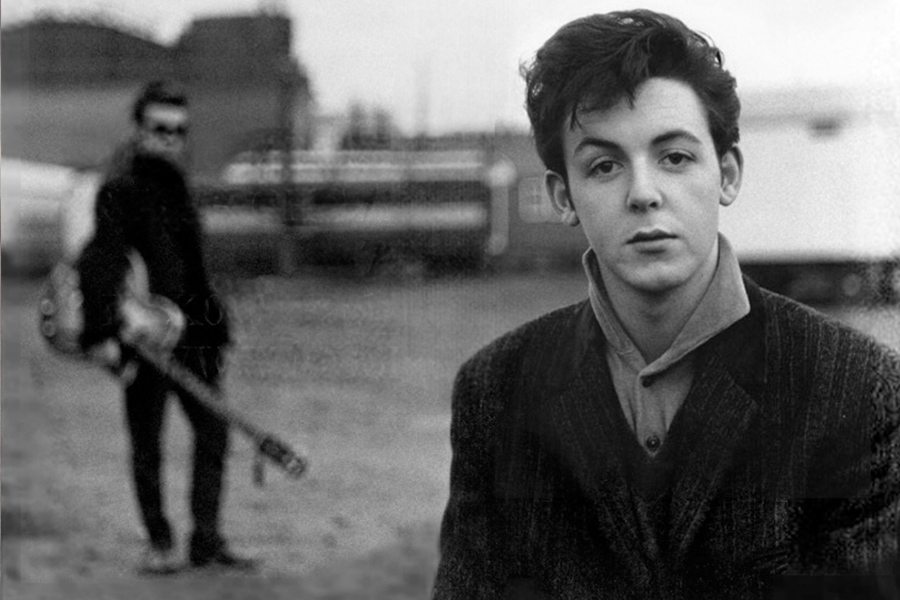
All members of the group were, to varying degrees, rowdy, tough and possessed by distinctive sense of humour. Yet a rebellious Lennon was very much its leader. Boorish or brilliant, his larger than life persona would lead their antics acting out the posturing of his rock ’n’ roll heroes, getting into fights with patrons, greeting the audience with Nazi salutes and one stage playing in only his underpants and a toilet seat around his head.
It was at this time that they would also link up with Klaus Voormann – a young artist who would go on to design the cover for Revolver. Part of a local contingent of fans, Voormann and his partner Astrid Kirchherr would document the group’s time in the city with a series of photographs which defined the Hamburg era. Astrid would also fall for bassist Stu Sutcliffe.
Impressed by Voormann’s shaggy fringed haircut, common amongst the city’s bohemia and art scene elements, the group would later adopt similar styles for themselves. Accompanied by Ringo, John and Paul would also gain their first studio experience backing Lou Walters of The Hurricanes in a small Hamburg studio in October 1960.
By the end of the month at their second club the five began to draw a crowd. As was often the case, competing club owner Peter Erickson offered them a bigger pay cheque and superior accommodation in exchange for work at his Top Ten Club just down the road. This poaching would prove fatal for the group’s initial foray when a bitter Koschmider hit back. He would use George Harrison’s age – the most junior of the band at 17 – to provide local authorities grounds for his deportation on November 21.

Allegendly, McCartney and Pete Best attempted to take vengeance on Koschmider by setting blaze to a condom in the corridor of his theatre. They were nabbed and deported on trumped up charges of arson. Stu and John would later follow.
This first trip was by no means their last, in February 1961 Harrison turned 18 and a month later the group returned. They continued to improve, something recognised even amongst their peers. The ’61 visit would see them play consecutively for 98 nights until, after a three month, stay their residency ended. Sutcliffe informed the group he would remain with his now-partner Astrid. Yet tragically, three days before the Beatles’ departure, he suffered a fatal brain haemorrhage.
For the Beatles, it was these adventures in Germany that started it all. Upon their second return, the group’s raw energy had only grown. Alongside the stage antics, a tighter and louder live set won them a loyal following.
Word of their performances on their second German voyage would finally convince Epstein that the group needed to be his; impressed by a particularly sweaty Cavern Club show upon their arrival home he would realise his ambition (or destiny) to manage the band on 9th November 1961.
From here the Beatles would advance rock ‘n’ roll and R&B past the high watermarks of their American forbears and well beyond. The rest is history.
